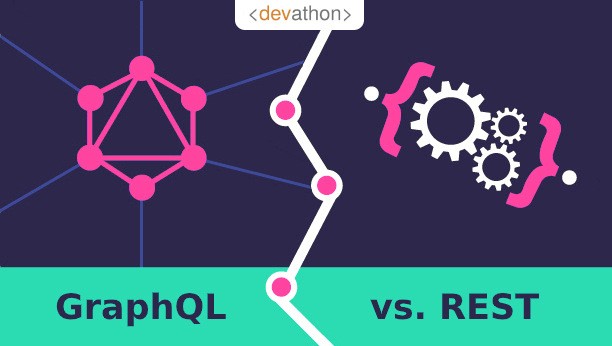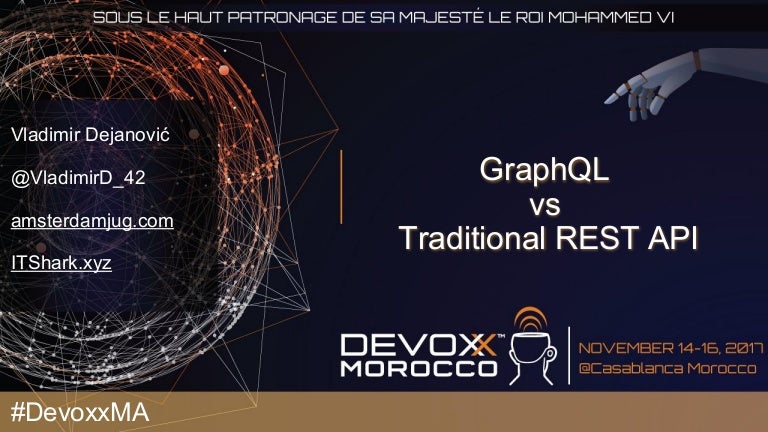
The data returned to the client follows a graph structure. GraphQL follows the relationship between objects, hierarchically.Multiple data sources can be queried in the same request.The client specifies exactly the data that it needs.A type system is used to define and describe the data.It operates over a unique endpoint using the HTTP protocol. It is also the runtime executed in the server to process the queries.
#Graphql vs rest how to
GraphQL is a query language for APIs, with a syntax that describes how to request data. That is one of the reasons why there are APIs presented as RESTful that don't follow the original principles.

There is no established standard for REST APIs. They are normally associated with HTTP verbs (GET/POST/PUT/DELETE), even though they are not the same. To operate with the resources we use resource methods.

The only thing that matters is the format of the request and response (usually JSON or XML), so the client knows how to handle the messages and information coming from the server. That makes the implementation of the client easier, and independent of the technologies used by the server. The client doesn't need to know which technology was used to develop the server, since the behavior is encapsulated. A resource representation consists of metadata, information, and hypermedia. The client will operate with the API through these representations. The server that manages these resources creates representations of them that are sent to the client. Every resource has its uniform resource identifier (URI). Information is grouped and distributed in resources.
#Graphql vs rest code
Code On Demand (optional): The server can send executable code to extend client functionality.Ī RESTful API is an interface that accomplishes all the previously listed principles.Layered System: An architecture with hierarchical layers, to get better performance, security, and scalability.It should implement Hypermedia as the Engine of Application State (HATEOAS), so any client accessing a resource should be able to know all the available actions at the moment.Self-descriptive messages sent to the client should contain all the information needed to process them.The client should be able to manipulate the resources through representations, as they contain enough information to allow this.Each resource must have a URI (Uniform Resource Identifier). Resources should be identifiable and independent of the representation sent to the client.To do this we have to accomplish the following conditions: Uniform Interface: Simplify the architecture by defining a uniform interface for all the interactions between client and server.Using a cache system gives the possibility to reuse responses from an endpoint for repeated HTTP requests and optimize interactions between client and server. Cacheable: Response data should be cacheable.

No context or session is stored in the server.


 0 kommentar(er)
0 kommentar(er)
